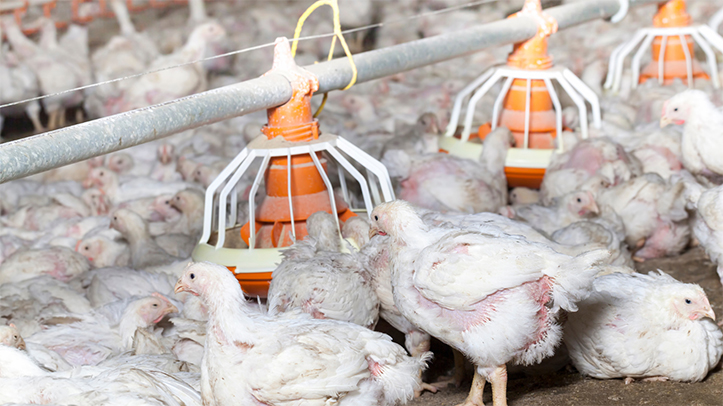By Emily Hughes
Defra has published key annual statistics about UK Agriculture from 2022.
The agricultural industry has seen a 28% rise in input costs. Behind fertiliser and soil improvers, animal feedstuffs were second largest input costs, increasing by 29%. Cereals saw the most significant price rises, with conflict between Russia and Ukraine tightening wheat supply. However countering this, there was an increase in yield of British grown cereals in 2022 compared with the previous year.
The total number of poultry decreased 1.0% to 188 million birds. However, total meat production remained at 4.2 million tonnes, 18% higher than a decade earlier, with poultry meat increasing in value by 3.9% to £3.1 billion. This the seventh consecutive year of increases in value, despite the fall in production.
The value of the egg sector decreased by 4.0% to £786 million, falling for the first time in five years. The decrease was driven by a reduction in overall egg production (6.5%). The price for eggs increased 10%, driven by high input costs and industry shifts towards free range and barn systems. Production decreased by 7.2% to 0.9 billion dozens. Some farmers were forced to leave the industry or reduce the size of their flocks in response to the rising input costs, exacerbated when Avian Influenza meant that all birds were kept indoors for much of the year.
UK Total Income from Farming in 2022 was £7.9 billion, a 17% increase. Despite price volatility, the price increases across the majority of commodities offset the increases in input costs.


